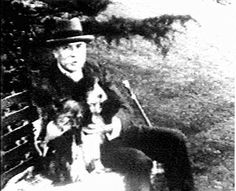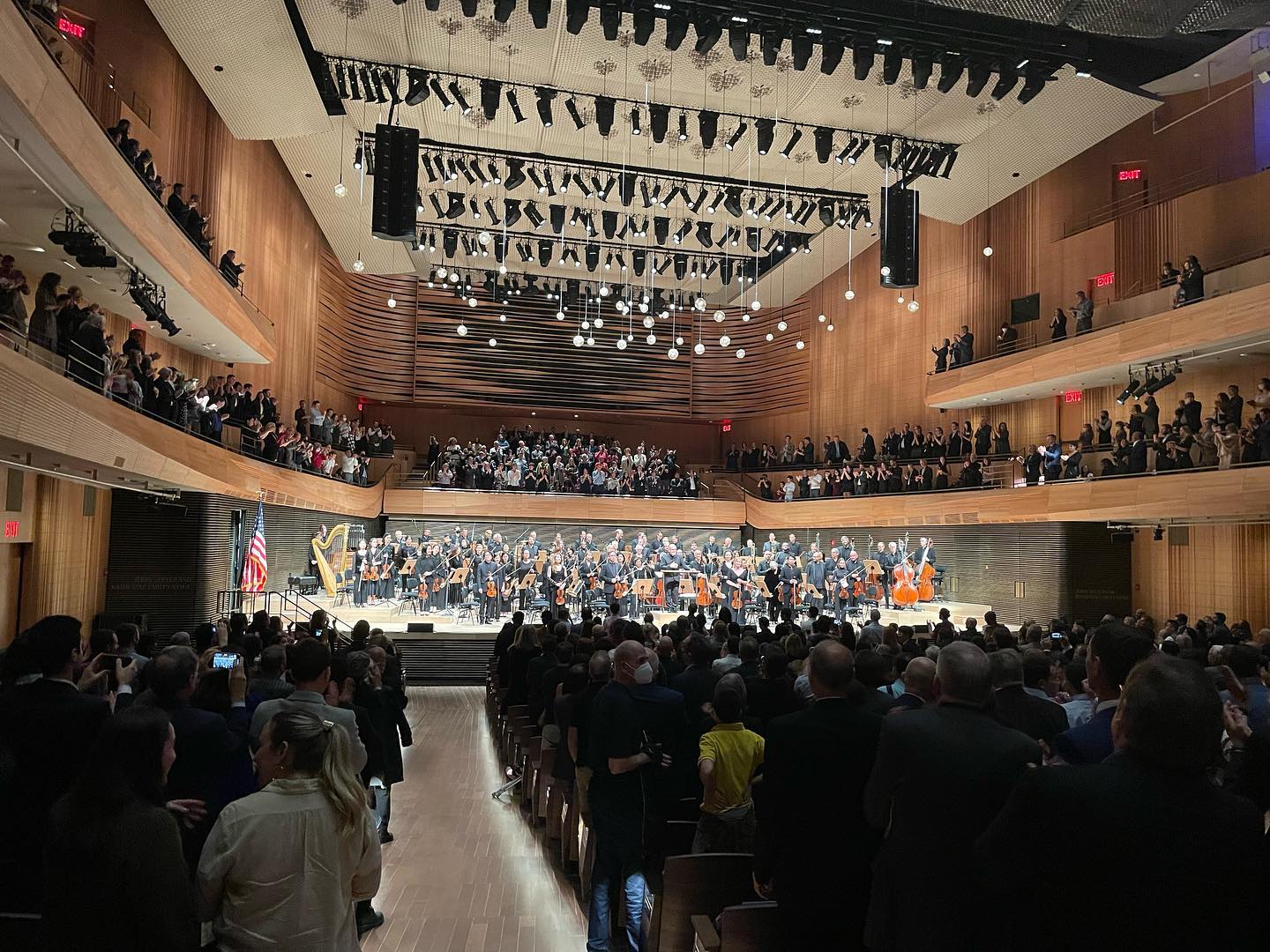Acoustician offers flowery solution to Elgar’s Enigma
mainYes, there’s another one.
Message received:
Detroit-based architectural acoustics expert Zackery Belanger claims to have solved composer Edward Elgar’s Enigma, a 122 year old mystery surrounding his famous work Variations, popularly known as the Enigma Variations. The Enigma was posed by Elgar in 1899:
“The Enigma I will not explain — its “dark saying” must be left unguessed, and I warn you that the apparent connexion between the Variations and the Theme is often of the slightest texture; further, through and over the whole set another and larger theme “goes”, but is not played… So the principal Theme never appears…”
The solution to the Enigma would identify both the dark saying and the principal Theme, which was later clarified to be “some well-known melody which is never heard” and that can be played in counterpoint. Numerous solutions have been proposed over the decades, including Robert Burns’ Auld Lang Syne, James Thomson’s Rule, Brittania!, and even Jane Taylor’s Twinkle, Twinkle, Little Star. None have offered convincing proof, but Belanger claims his solution is different.
The hidden well-known melody, Belanger says, is Elgar’s own 1892 composition Like to the Damask Rose, which revolves around the theme of death. He believes the “dark saying” is the death of Elgar’s friends, to whom the Enigma Variations were dedicated. According to the proposed solution, the fourteen subjects in Like to the Damask Rose correspond to the fourteen movements of the Enigma Variations, each of which was inspired by one of Elgar’s friends – except the last movement, which was based on Elgar himself. The song is convincing in counterpoint and satisfies a list of six other Enigma solution requirements established by Elgar experts.
The most convincing evidence, though, may have come directly from Elgar. In 1929, near the end of his life, he provided notes on each variation for Aeolian Company’s pianola rolls. According to Belanger, the references to Like to the Damask Rose are convincing.
Belanger arrived at his solution via a different path from most Elgar sleuths. His initial goal was a decryption of the famous Dorabella Cipher – another of Elgar’s mysteries – which was written in 1897 and which has never been convincingly decoded. According to Belanger, the message encrypted in the Dorabella appears to signal Elgar’s intent to write the Enigma Variations, and the shape of the decryption key points to Like to the Damask Rose.
More here.
Talk among yourselves.

Is it the doggie?






Without wishing to appear as a clever clogs, I have always believed the solution was something abstract, and possibly threatening, hence an off-stage figure like fate or death.
Many of the solutions which have been proposed ignore the fact that, as far as we know, Elgar’s initial idea and impulse for the Variations originated from his improvising at the piano one evening. There is little doubt that he was quite a skilled improviser but some of the ‘solutions’ would require quite a lot of ingenuity. We should also take into account his comment to Dorabella that she ‘of all people’ should be able to guess the solution – which always takes us back to her name (Penny), the image of Britannia on the old penny and Rule Britannia. It will never be solved…!
Quite. And Elgar also maintained that the solution was a well-known one. So I think the song “Like to the Damask Rose” would not be a contender. Unless of course, it was really widely circulated in the composer’s time.
Edward Elgar advised that the famous secret melody to his Enigma Variations must play “through and over” each movement as a counterpoint. Felix Mendelssohn’s version of “Ein feste Burg” (A Mighty Fortress) forms a credible counterpoint with Variation IX (Nimrod):
https://www.youtube.com/watch?v=myjjfkJ27cw
This contrapuntal mapping generates 174 note conjunctions between “Ein feste Burg” and Nimrod’s short score dispersed over 39 out of 43 measures. To learn more, visit http://enigmathemeunmasked.blogspot.com/2010/09/variation-ix-nimrod-with-ein-feste-burg.html